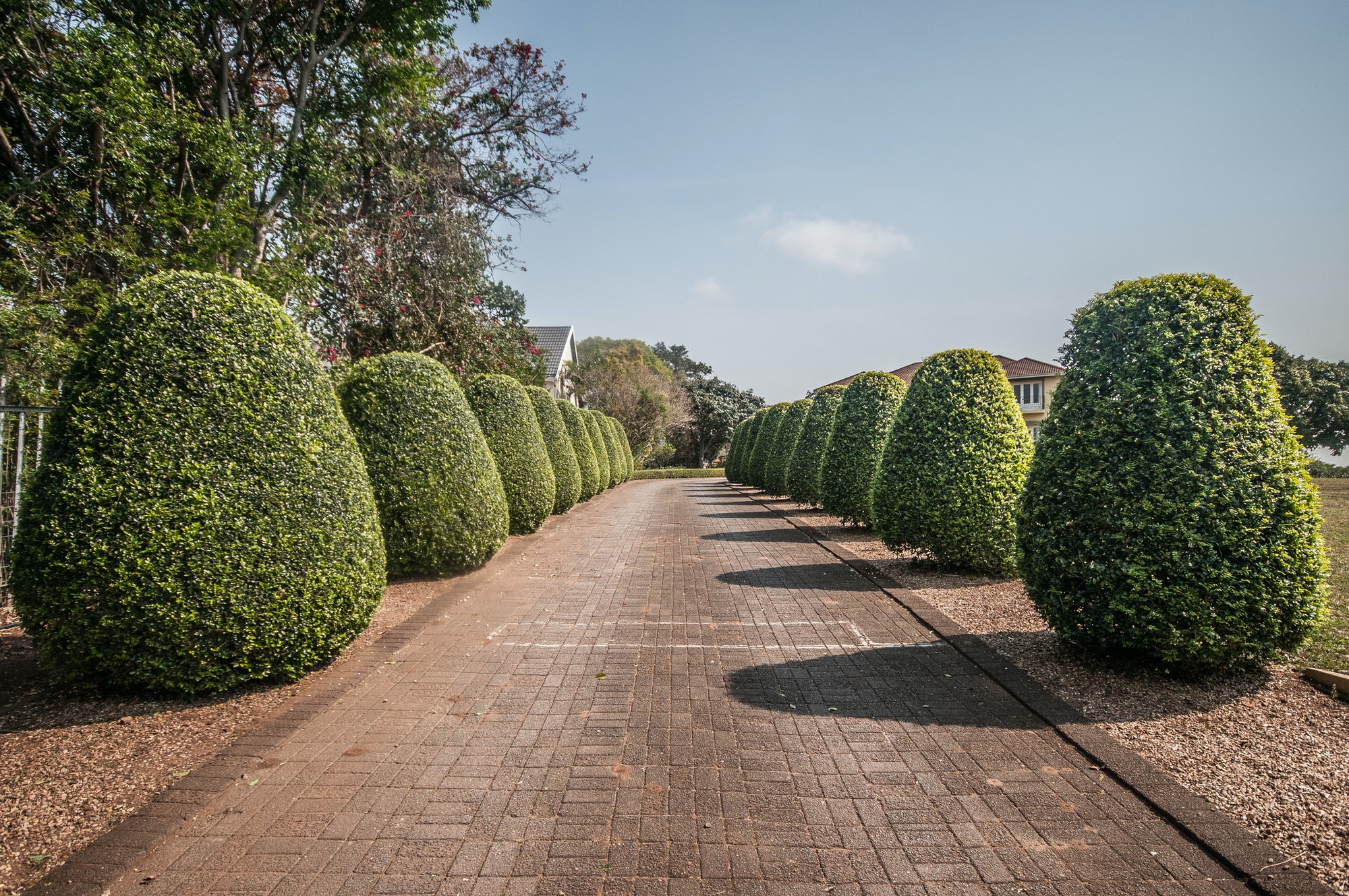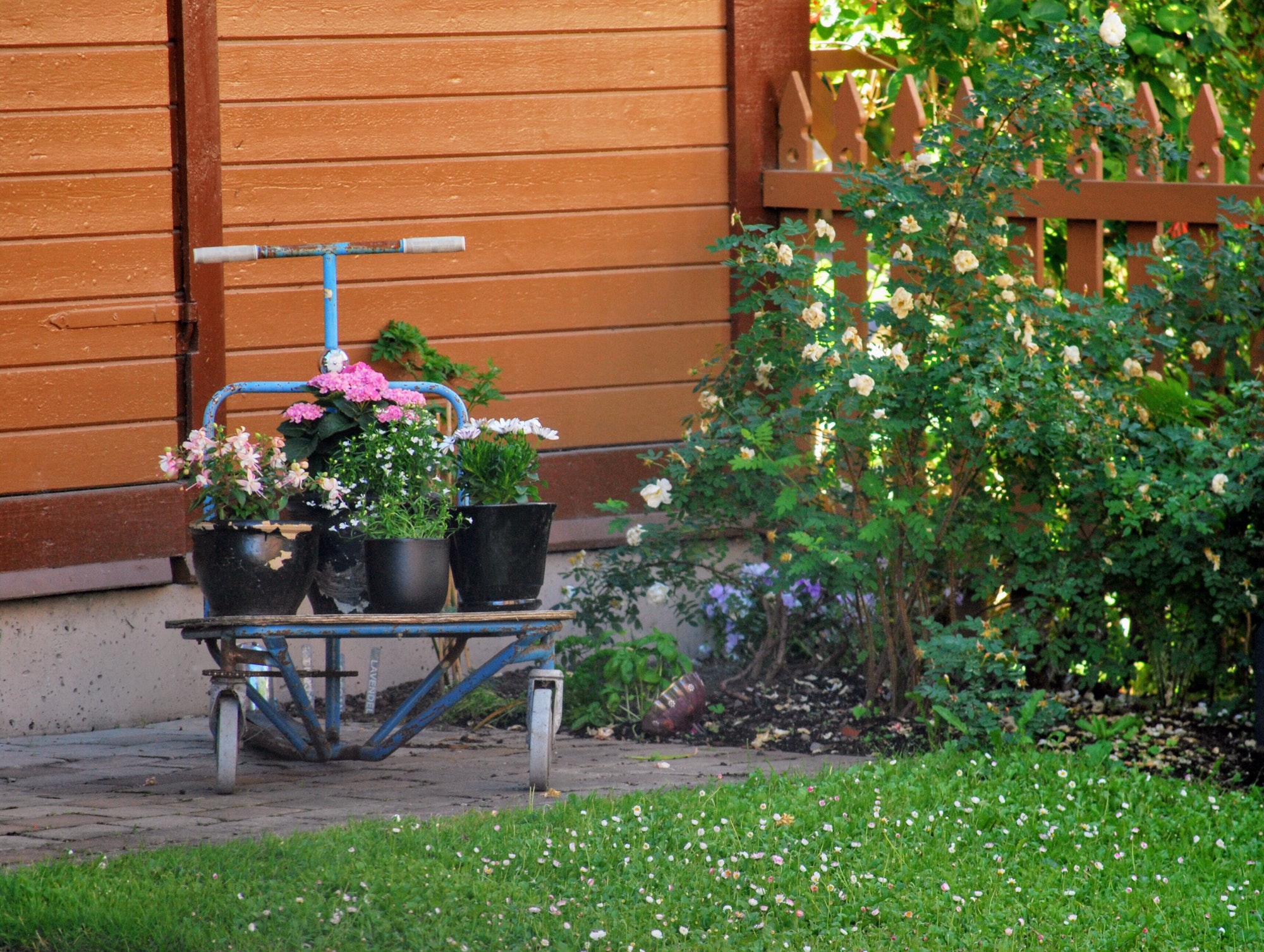There are many benefits to caring for Plants. They are both attractive and useful to us in different ways. For instance, plants are good for our health, especially if they are drought tolerant. Plants can survive drought by using special tactics, such as gathering CO2 at night, which is safer for them. They can use the stored CO2 to fuel photosynthesis during the day. Tropical and succulent plants use a metabolic process known as crassulacean acid.
The type of soil can vary greatly, ranging from clay to sand, and the amount of sun and wind can also be a factor. A plant should match its environment and water requirements to prevent poor growth and death. If the soil is too wet, plant a plant that has lower water requirements nearby. A dry garden can make it difficult to maintain plants that need a lot of water. Therefore, it’s essential to know how to care for plants.
If your garden is prone to drought, you can try to grow succulents such as sedums. They are drought-resistant and produce starry flowers in the autumn and late summer. Sedum ‘Matrona’ has glaucous foliage that turns purple when water is scarce. It’s a perfect plant for hanging baskets. A plant like Russian sage is a good choice for a sunny border.
In addition to being drought resistant, plants also undergo a variety of physiological changes to adapt to the drought conditions. When the soil is dry, ABA is produced in plants and travels to the stomata, where it regulates the amount of turgor pressure, which controls when the stomata open and close for photosynthesis. In addition to being a great antioxidant, GB is also nontoxic at high concentrations. In addition, GB can pass through the leaf epidermis and move to other organs within the plant. Lastly, GB is stable inside the plant, which helps the plant to withstand droughts and other stresses.
In addition to being food for humans, plants can also be consumed by animals. Animals cannot transform the energy in sunlight into food, and they must obtain their energy from plants. Some species of plants are incredibly tall and extremely large, and giant redwood trees can reach 15 storeys. They can be more than three thousand years old. Many types of plants reproduce by utilizing pollen from other plants. Some people have allergies to pollen and sneeze frequently when exposed to it.
Drought tolerant plants are an excellent option for those looking to conserve water and still enjoy plants. These plants are drought tolerant, low maintenance, and can thrive in even the driest climates. These drought-tolerant plants have an extensive range of adaptations, and require minimum amounts of water and maintenance to grow well. The key to a successful drought tolerant landscape is choosing the right plants for the conditions you live in. With proper watering, you can save money on water bills.



